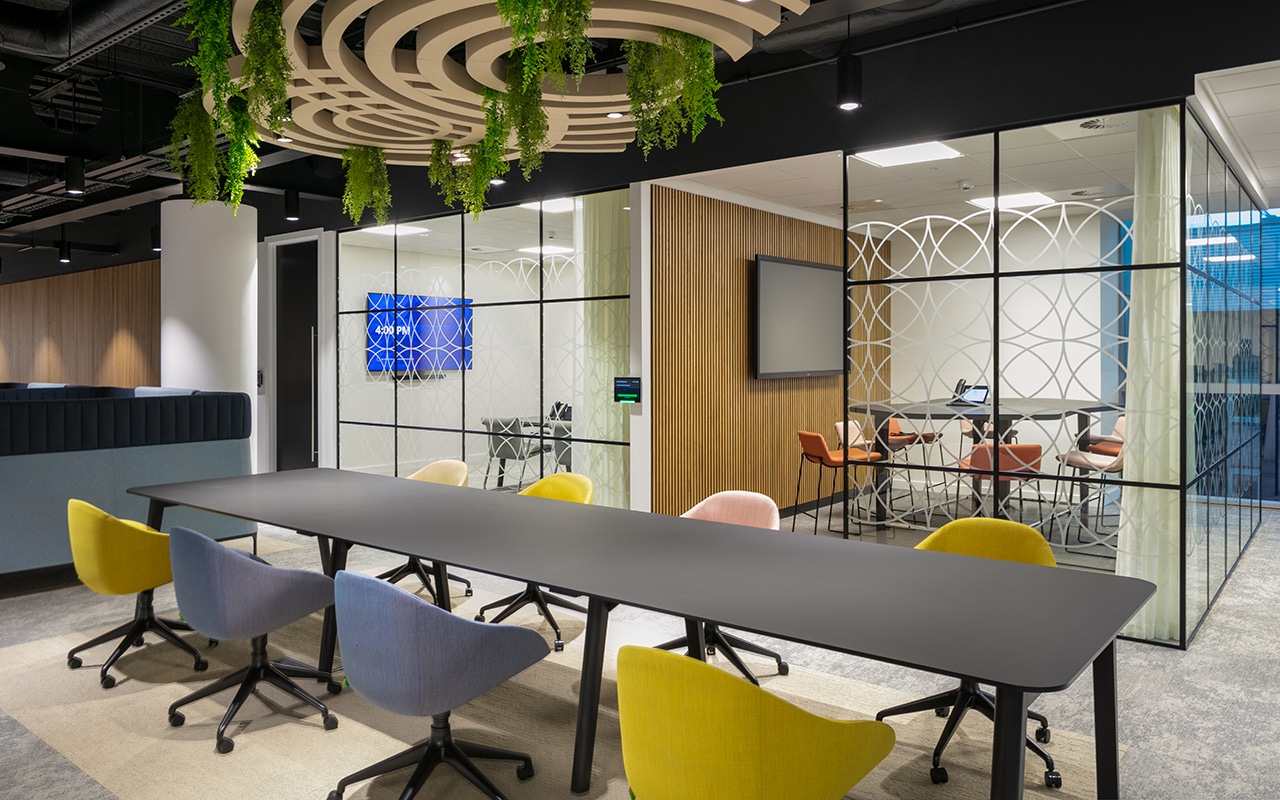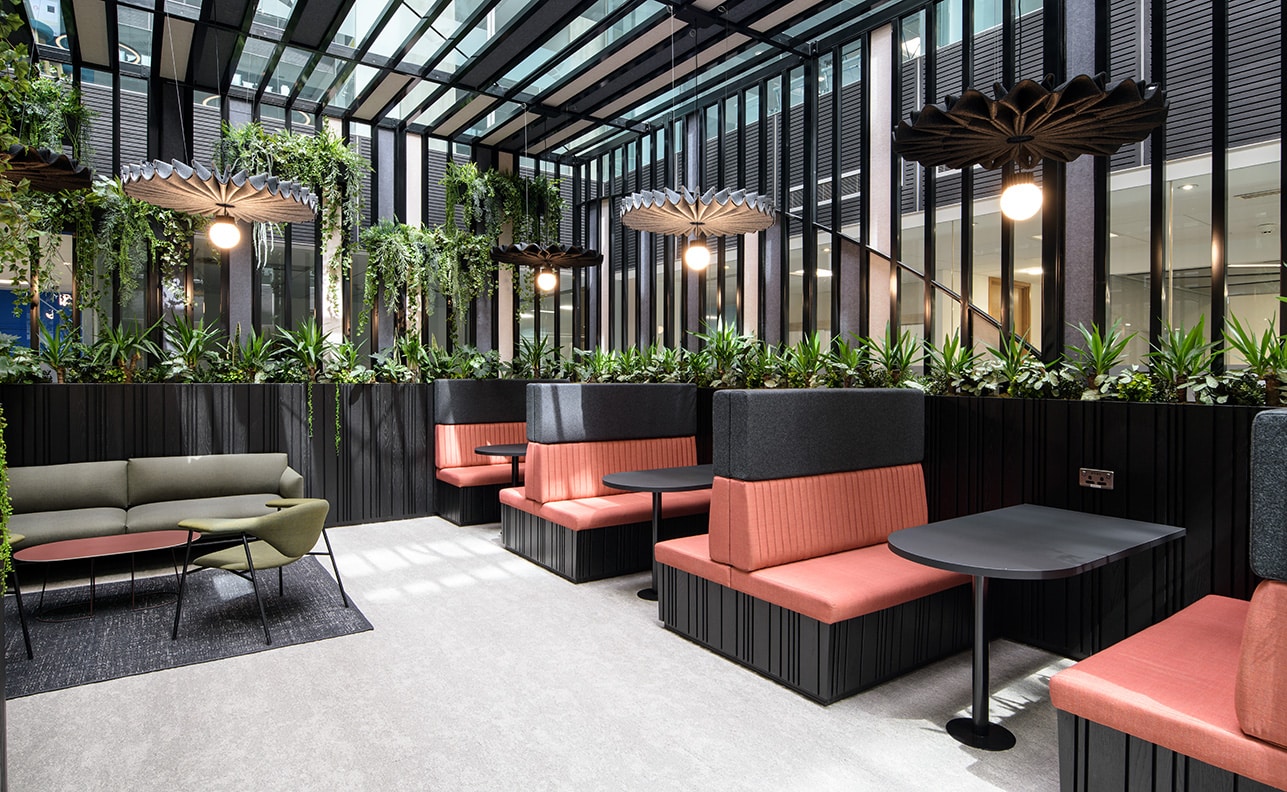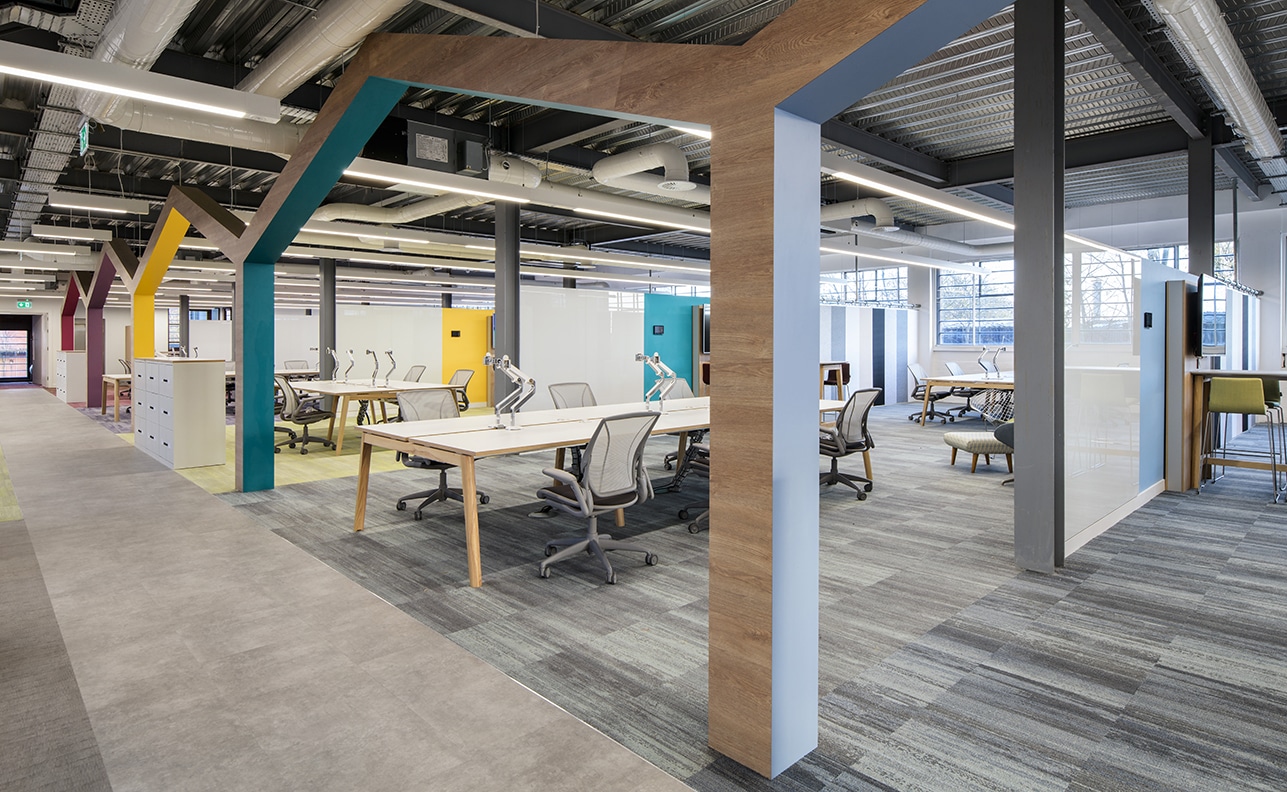Introduction
1. Define Your Office Requirements
Before you start viewing office spaces, outline your essential requirements. To begin with:
- Workforce Size & Growth – How many employees do you need to accommodate now and in the future?
- Business Operations – Do you need private offices, meeting rooms, or collaborative areas?
- Hybrid & Remote Work Considerations – Will your team be in the office full-time or on a flexible schedule?
2. Research Suitable Locations
The location of your office can impact employee satisfaction, client accessibility, and business growth. Therefore, key factors to consider include:
- Transport Links – Is the office accessible by public transport and major road networks?
- Proximity to Clients & Partners – Can your office location support business relationships?
- Local Amenities – Are there cafes, gyms, and shops nearby to support employee well-being?
For expert insights on selecting a strategic location, check out our in-depth article: Choosing the Right Office Space.
3. Create a Shortlist & Arrange Viewings
Once you’ve identified potential locations, arrange in-person viewings to assess the following:
- Office Layout & Flexibility – Can the space adapt to your company’s evolving needs?
- Lighting & Air Quality – Does the space have natural light and a well-ventilated environment?
- Building Infrastructure – Are WiFi connectivity, power supply, and other essentials up to standard?
4. Assess Budget & Lease Terms
Understanding the financial implications of your office space is crucial. Consequently, before signing a lease:
- Compare Rental Costs – Evaluate lease prices based on square footage and amenities.
- Check for Hidden Fees – Service charges, maintenance fees, and insurance costs can add up.
- Review Lease Flexibility – Ensure there are options for expansion or early termination if needed
5. Design & Fit-Out Considerations
Once you secure your space, the next important step is planning the office fit-out to ensure it aligns with your business needs. Specifically, consider:
- Brand Identity – Does the design reflect your company’s culture and values?
- Employee Well-being – Features like ergonomic furniture, breakout spaces, and greenery improve productivity.
- Sustainability & Efficiency – Opt for energy-efficient lighting, eco-friendly materials, and smart office solutions.
6. Final Checks & Moving In
Before making the final move:
- Negotiate Lease Terms – Ensure the agreement aligns with your long-term goals.
- Plan the Move – Organise logistics, IT setup, and employee transition plans.
- Communicate with Your Team – Keep employees informed about timelines and workspace arrangements.
7. Expert Guidance
If you’re looking for professional support in finding or designing the right office space, visit our Find Office Space page for tailored solutions.
Conclusion
Finding the perfect office space requires careful planning and research. Additionally, businesses must consider long-term operational needs to make the right choice. Therefore, by following this step-by-step guide, businesses can ensure a smooth transition into a workspace that enhances productivity and aligns with their strategic goals.
For expert office design and fit-out services, ADT Workplace is here to help. Contact us today to discuss your office transformation.








